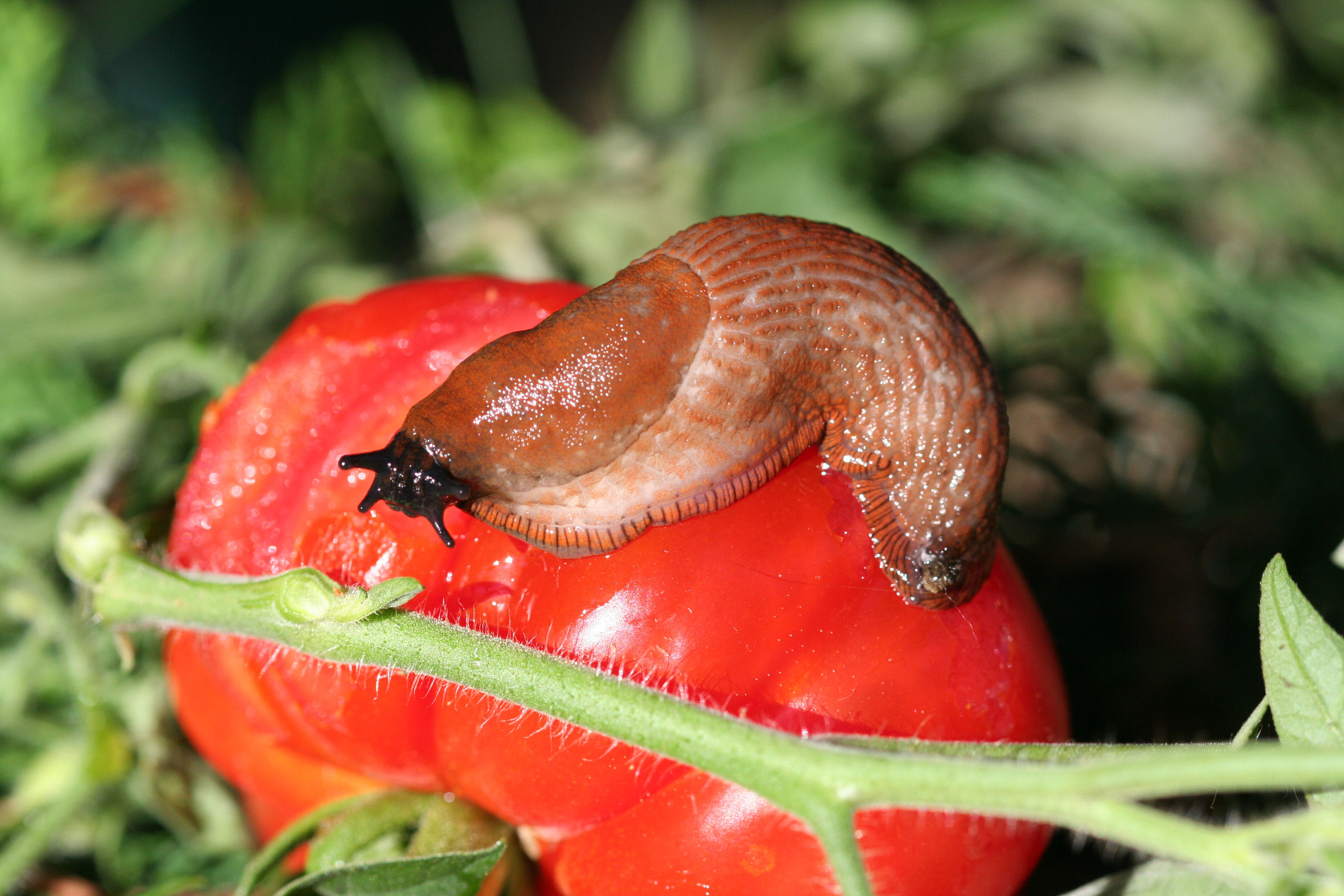Slug it out
Entomologist and gardener Dr Ian Bedford warns Hannah Stephenson that we must be vigilant now if we want to stop the invasion of Spanish slugs changing the face of British gardens forever …
Imagine a Britain without vegetable patches, allotments or beautiful flower beds, where gardeners are unable to grow anything outside, knowing any plants will be ravaged by a foreign predator.
This is, admittedly, a worst case scenario, but still not an impossible one, says scientist Dr Ian Bedford, head of entomology in the John Innes Centre in Norwich. He is leading a group of scientists in a project to monitor sightings of the Spanish slug, Arion vulgaris, a particularly aggressive and large slug which breeds and eats at a faster rate than our native species and has so much slime on its body many native predators are put off.
The scientists launched a website, slugwatch.co.uk, a couple of weeks ago, asking people to report sightings. Within 10 days, there had been 18,000 visitors to the site and more than 800 submissions, some reporting the Spanish slugs, Dr Bedford confirms.
He says that the reports from the public may also give scientists an idea of whether ‘Arion vulgaris’ is breeding with native species to form a hybrid that combines the worst of the Spanish slug with the tolerance to frosts and cold from our own species.
This year has generally been a bad year for slugs. Late spring frosts killed off a lot of them, but this may just be offsetting the plague that could follow – we need late spring frosts and early winters to kill off juvenile slugs to keep numbers down.
Last year, however, was a different story as, following a mild spring and wet summer, Dr Bedford found Spanish slugs ravaging his own garden in Norfolk.
“The only vegetables which survived the onslaught were parsnips,” he recalls. “They attacked legumes, onions and chives. They ate broad beans, French beans and runner beans and were going to the top of the plants and eating them from the top downwards. I couldn’t get carrots past early germination stage and the same with lettuces and beetroot.
“All the potato foliage was eaten, although I did manage to harvest some potatoes, and the foliage of onions was also attacked, which resulted in very small onions.”
He had evidence of Spanish slugs eating snails and even working their way through dog faeces and eating dead animals such as mice.
Growing plants which slugs don’t like may provide some solution for domestic gardeners, though.
“The plants which don’t seem to get attacked by slugs are the ones which have high levels of plant oils, such as rosemary, which has high levels of camphor, and lavender,” explains Dr Bedford.
Other plants not favoured by slugs include azaleas, pieris, geraniums, mature shrubs and conifers, although Dr Bedford points out that last year Spanish slugs ate his buddleia and rudbeckias.
Contrary to reports, slug pellets will kill Spanish slugs but because of their voracious appetite they will eat a lot of slug pellets before they die, he notes.
It’s better to go on slug patrol early morning and at dusk, preferably after rain, as these huge slugs are highly visible, and pick them off before putting them into a bucket of water containing detergent which will cause them to sink, he advises. Then dispose of them and bleach the bucket to kill off any bacteria.
Winter digging may also help expose the eggs, which look like an off-white jelly about a quarter of the size of a pea. They are generally laid up to 5cm under the soil surface, or under logs and stones, or terracotta plant pots.
Slugs are nothing new to gardeners nationwide. On average a UK garden is home to more than 20,000 slugs and it is estimated that an acre of farmland can support more than 250,000 of the slippery creatures.
The RHS takes a more cautious approach regarding how great a threat the Spanish slug is to our gardens.
Guy Barter, head of RHS advisory service, says: “We are not clear what the threat is or how widespread it is likely to be. At this point there’s no reason to be anxious about it. We need more evidence.”
He notes that Spanish slugs, unless they are juveniles with two stripes down their back, are not easily distinguished from other slug types and believes it’s going to be difficult to identify Spanish slugs from the descriptions gleaned from visitors to slugwatch.com. He says confirmations will require dissection in adult slugs.
Still, now the rain has stopped, I shall venture into my garden, bucket in hand, searching for those slimy monsters… and perhaps you should do the same.
Latest posts by Sally - Silversurfer's Editor (see all)
- Do you like the new Jaguar rebrand? - November 21, 2024
- Christmas Decorations Masterclass: Make your own Festive Wreath, Garland and Flower Centrepieces - November 21, 2024
- Finding warmth in cold days - November 21, 2024
- Fall in love with Norfolk Hideaways - November 20, 2024
- Would you prefer a cup of tea or a gin & tonic? - November 19, 2024





















